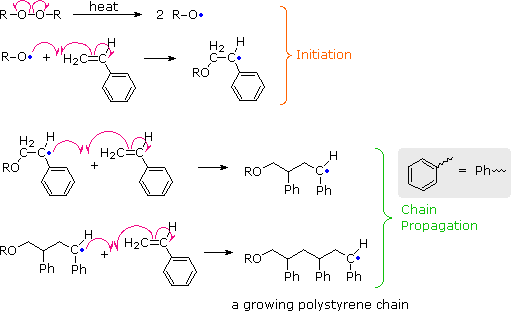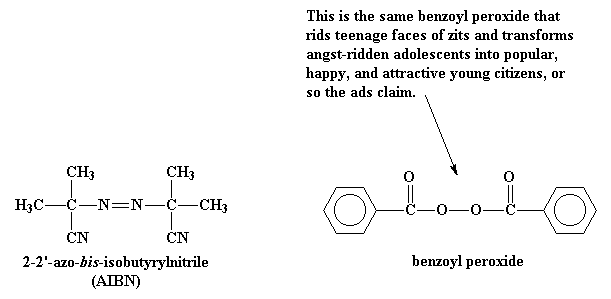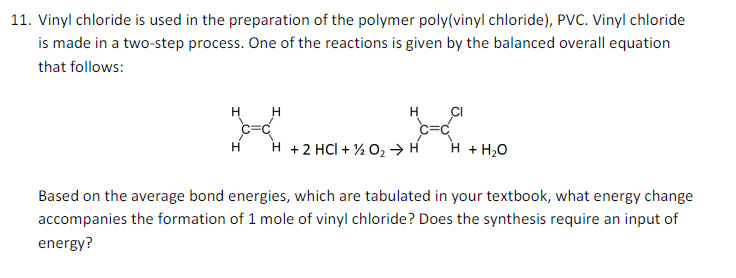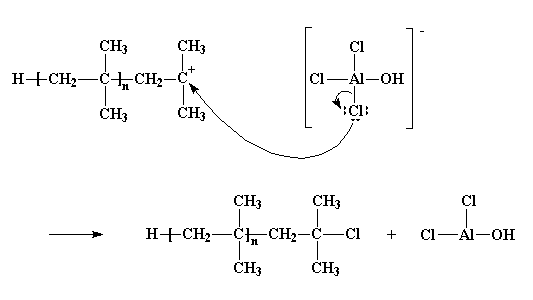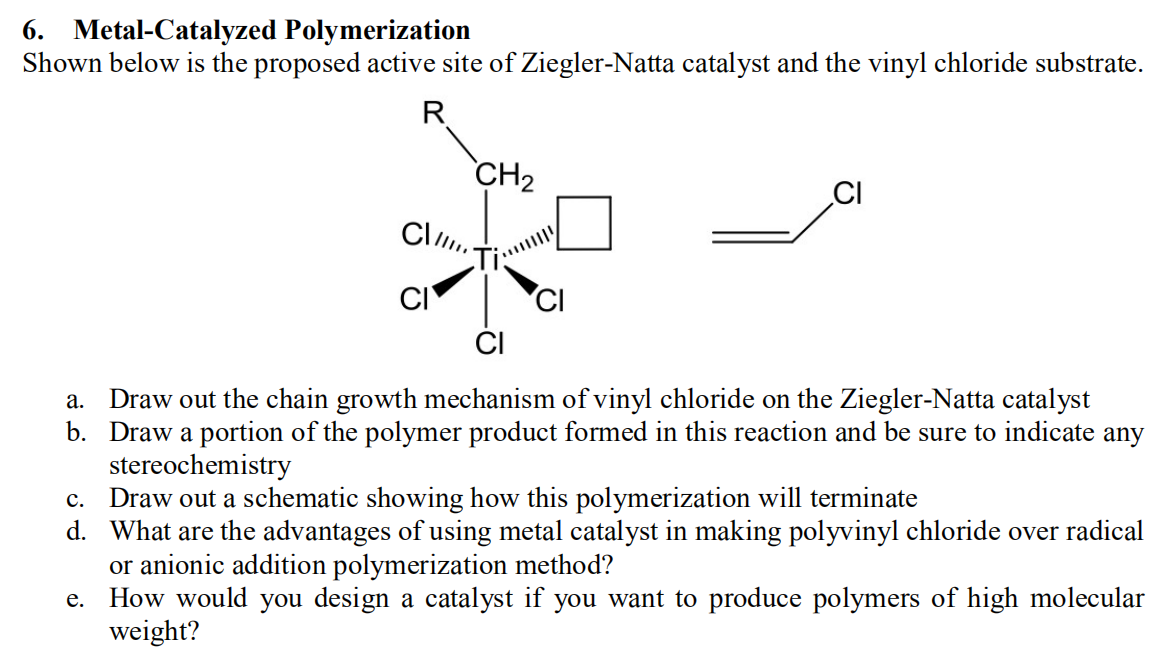Download citation mechanism of vinyl chloride polymerization an overall mechanistic scheme for the suspension polymerization of vinyl chloride is presented.
Vinyl chloride polymerization mechanism.
Return to level four directory.
Vinyl chloride is an organohalogen compound that has important industrial applications.
The absence of free chlorine atoms from polymerizations of vinyl chloride vc is reaffirmed and the copolymerization of vc with the chloroallylic chain ends of pvc is argued to be insignificant.
The process can be resolved into.
Polyvinyl chloride is a white rigid quite brittle solid.
Vinyl chloride is an organochloride with the formula h 2 c chcl that is also called vinyl chloride monomer vcm or chloroethene this colorless compound is an important industrial chemical chiefly used to produce the polymer polyvinyl chloride pvc.
An overall mechanistic scheme for the suspension polymerization of vinyl chloride is presented.
This polymerisation reaction proceeds by a free radical mechanism.
Vc vc αd 1 vc β βd 2 and vc d 3 were used to study the reactivities of the hydrogen atoms in the polymerization and the β hydrogen atoms contributed to the chain transfer.
Polyvinyl chloride is produced in an addition polymerisation reaction using the chloroethene vinyl chloride monomer.
Now for free radical polymerization of ethacrylic acid.
A comprehensive reactor model for batch and semi.
Chemical and physical methods were used to observe irregular structures such as branching.
New information in the literature does not invalidate the currently accepted mechanism of vinyl chloride polymerization.
Physical phenomena of polyvinylchloride parti cle formation and reactant species distributions in phas s during poly merization.
About 13 billion kilograms are produced annually.
Free radicals can be formed by a number of different mechanisms usually involving separate initiator molecules.
Vinyl chloride plus others.
Free radical polymerization frp is a method of polymerization by which a polymer forms by the successive addition of free radical building blocks.
The process can be resolved into five discrete stages each of which presents a unique environment for the interaction of the systems parameters.
Relevant mechanisms involved in the heterogeneous free radical polymerization of vinyl chloride have been identified including elemen tary chemical reactions.
Additives are used to modify the properties of polyvinyl chloride to make it more useful.
Polymerization of vinyl chloride vc was studied.
Following its generation the initiating free radical adds nonradical monomer units thereby growing the polymer chain.
Pvc is used in the manufacture of numerous products including packaging films and water pipes.
